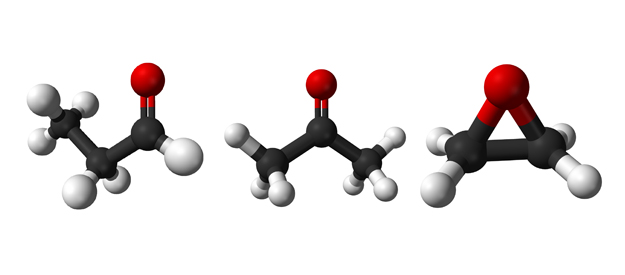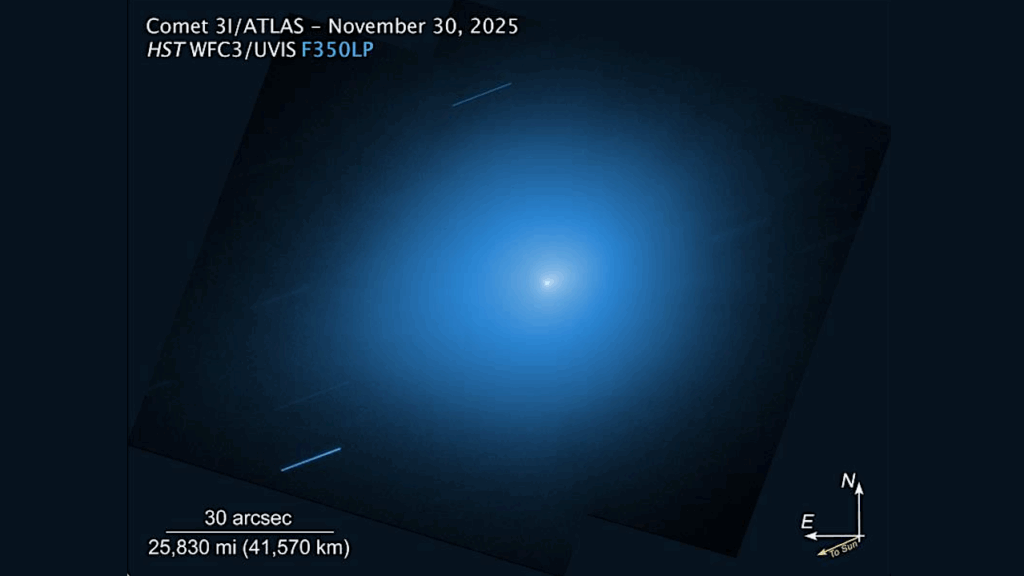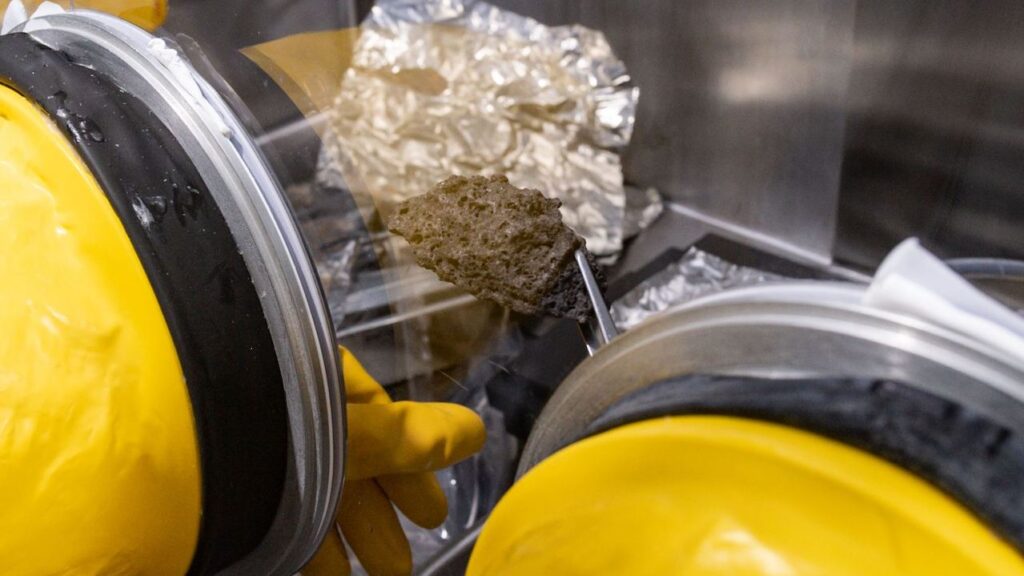First detections of ethylene oxide, acetone and propanal toward the low-mass protostar IRAS 16293-2422

One of the open questions in astrochemistry is how complex organic and prebiotic molecules are formed.
Aims. Our aim is to start the process of compiling an inventory of oxygen-bearing complex organic molecules toward the solar-type Class 0 protostellar binary IRAS16293-2422 from an unbiased spectral survey with ALMA (PILS).
Here we focus on the new detections of ethylene oxide (c-C2H4O), acetone (CH3COCH3), and propanal (C2H5CHO). Methods. With ALMA, we surveyed the spectral range from 329 to 363 GHz at 0.5″ (60 AU diameter) resolution. Using a simple model for the molecular emission in LTE, the excitation temperatures and column densities of each species were constrained. Results. We successfully detect propanal (44 lines), ethylene oxide (20 lines) and acetone (186 lines) toward one component of the protostellar binary, IRAS16293B. The high resolution maps demonstrate that the emission for all investigated species originates from the compact central region close to the protostar. This, along with a derived common excitation temperature of ∼ 125 K, is consistent with a coexistence of these molecules in the same gas. Conclusions.
The observations mark the first detections of acetone, propanal and ethylene oxide toward a low-mass protostar. The relative abundance ratios of the two sets of isomers (CH3COCH3/C2H5CHO ∼ 8 and CH3CHO/c-C2H4O ∼ 12) are comparable to previous observations toward high-mass protostars. The majority of observed abundance ratios from these results as well as those measured toward high-mass protostars are up to an order of magnitude above the predictions from chemical models. This may reflect either missing reactions or uncertain rates in the chemical networks. The physical conditions, such as temperatures or densities, used in the models, may not be applicable to solar-type protostars either.
The ALMA-PILS survey: First detections of ethylene oxide, acetone and propanal toward the low-mass protostar IRAS 16293-2422
J. M. Lykke, A. Coutens, J. K. Jørgensen, M. H. D. van der Wiel, R. T. Garrod, H. S. P. Müller, P. Bjerkeli, T. L. Bourke, H. Calcutt, M. N. Drozdovskaya, C. Favre, E. C. Fayolle, S. K. Jacobsen, K. I. Öberg, M. V. Persson, E. F. van Dishoeck, S. F. Wampfler
(Submitted on 22 Nov 2016)
Comments: Accepted in A&A
Subjects: Solar and Stellar Astrophysics (astro-ph.SR); Astrophysics of Galaxies (astro-ph.GA)
DOI: 10.1051/0004-6361/201629180
Cite as: arXiv:1611.07314 [astro-ph.SR] (or arXiv:1611.07314v1 [astro-ph.SR] for this version)
Submission history
From: Audrey Coutens
[v1] Tue, 22 Nov 2016 14:24:59 GMT (5612kb,D)
https://arxiv.org/abs/1611.07314








